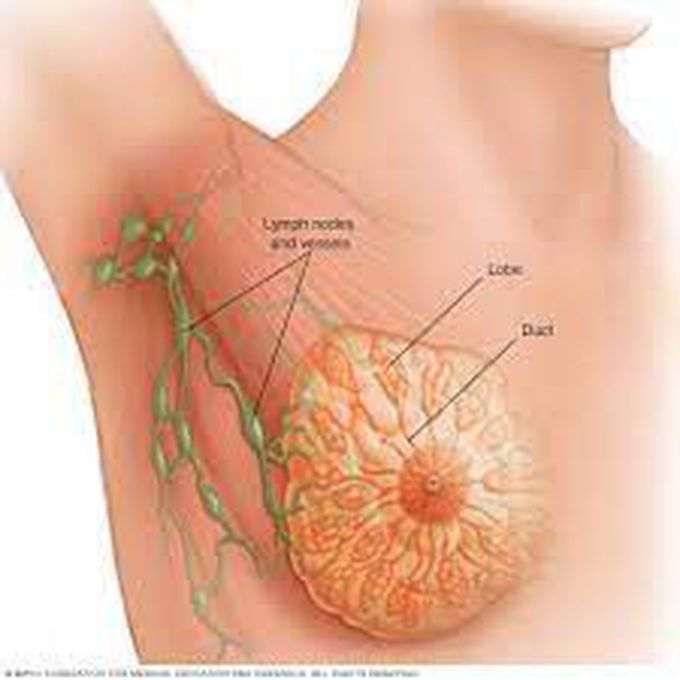


Breast Cancer
Breast cancer is one of the most common cancers that affects women and people assigned female at birth (AFAB). It happens when cancerous cells in your breasts multiply and become tumors. About 80% of breast cancer cases are invasive, meaning a tumor may spread from your breast to other areas of your body. Breast cancer typically affects women age 50 and older, but it can also affect women and people AFAB who are younger than 50. Men and people assigned male at birth (AMAB) may also develop breast cancer. Breast cancer types Healthcare providers determine cancer types and subtypes so they can tailor treatment to be as effective as possible with the fewest possible side effects. Common types of breast cancer include: Invasive (infiltrating) ductal carcinoma (IDC): This cancer starts in your milk ducts and spreads to nearby breast tissue. It’s the most common type of breast cancer in the United States. Lobular breast cancer: This breast cancer starts in the milk-producing glands (lobules) in your breast and often spreads to nearby breast tissue. It’s the second most common breast cancer in the United States. Ductal carcinoma in situ (DCIS): Like IDC, this breast cancer starts in your milk ducts. The difference is DCIS doesn’t spread beyond your milk ducts. Less common breast cancer types include: Triple-negative breast cancer (TNBC): This invasive cancer is aggressive and spreads more quickly than other breast cancers. Inflammatory breast cancer (IBC): This rare, fast-growing cancer looks like a rash on your breast. IBC is rare in the United States. Paget’s disease of the breast: This rare cancer affects the skin of your nipple and may look like a rash. Less than 4% of all breast cancers are Paget’s disease of the breast. Breast cancer subtypes Healthcare providers classify breast cancer subtypes by receptor cell status. Receptors are protein molecules in or on cells’ surfaces. They can attract or attach to certain substances in your blood, including hormones like estrogen and progesterone. Estrogen and progesterone help cancerous cells to grow. Finding out if cancerous cells have estrogen or progesterone receptors helps healthcare providers plan breast cancer treatment. Subtypes include: ER-positive (ER+) breast cancers have estrogen receptors. PR-positive (PR+) breast cancers have progesterone receptors. HR-positive (HR+) breast cancers have estrogen and progesterone receptors. HR-negative (HR-) breast cancers don’t have estrogen or progesterone receptors. HER2-positive (HER2+) breast cancers, which have higher than normal levels of the HER2 protein. This protein helps cancer cells to grow. About 15% to 20% of all breast cancers are HER2-positive.

